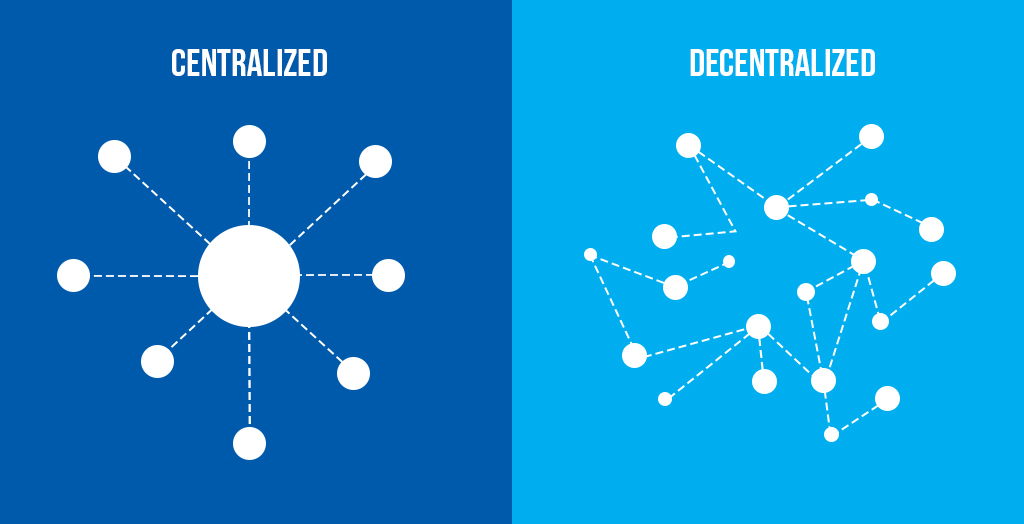Table of contents
Web:
There are over 5.07 billion active users of internet overall the internet. Ever since Whatsapp released its privacy policy, Now the internet is worried about what exactly companies doing with our data. Today I'll explain the whole thing. Let's start our discussion.
So, we all know that the top companies use the client-server connection. For example, if a user searches for youtube on google then your browser will send a request to the server and the server responds with the right file. This is what exactly we are going through currently.
Before I tell anything about the client side or server side, let me tell you about different kinds of the web. We mainly have three types of webs, they are:
Web-1.0
Web-2.0
Web-3.0
1. Web-1.0:
In 1989, a Britain Scientist Tim Berner's Lee created this web 1.0. This technology was a massive hit at that time. People were able to read things over the web using this technology. This web was static, users were just able to read the information from the web. Users didn't have any chance of doing anything to the data that they are seeing over the web. Now, that's where we needed new technology.
You see we get newer innovations whenever we find a problem. That's why I highly recommend everyone to find problems in everything around us.
2. Web-2.0:
The term web 2.0 was coined by Darcy DiNucci in the year 1999. But, web 2.0 came into existence around 2004. In web 2.0, we can do something to the data and do the same things as we were doing with web 1.0. Here, when we upload or comment on something our data is automatically transferred to big tech companies. These companies are making use of that data and applying some big algorithms on your activity over the web and data. Now, these algorithms throw ads based on your interests. At first, we discussed the client-server model right, which is a web 2.0 model.
3. Web-3.0:
The term web 3.0 was coined by Gavin Wood who is the co-founder of Ethereum. In web 2.0 we have seen that companies track our activity and have access to our data and all of that will be stored on servers. But, in web 3.0, our data will be with a decentralized network. A DAPP belongs to this web 3.0 technology itself.
DAPPS:
A dapp, short for decentralized application, is a type of software application that runs on a decentralized network. Unlike traditional applications, which are typically run on a centralized server, dapps are powered by a decentralized network of computers, known as a blockchain. This means that dapps are not controlled by any single entity and are instead operated by a network of users who contribute their computing power to the network.
One of the key advantages of dapps is that they are inherently more secure than traditional applications. Because dapps run on a decentralized network, there is no central point of failure that can be targeted by attackers. This makes it much harder for hackers to gain access to the data or steal sensitive information. Additionally, the use of blockchain technology ensures that all data is stored in a transparent and immutable ledger, making it virtually impossible for anyone to tamper with the data.

Another advantage of dapps is that they are typically more open and transparent than traditional applications. Because dapps are powered by a decentralized network, all users have equal access to the information and data stored on the network. This means that users can easily verify the integrity of the data and ensure that it has not been tampered with. This level of transparency and openness is not possible with traditional applications, which are often controlled by a single entity and do not provide users with the same level of access to the data.
One of the most popular uses of dapps is in the world of finance. The use of blockchain technology has made it possible to create decentralized finance (DeFi) applications, which allow users to manage and trade digital assets without the need for a central authority. This has opened up new possibilities for financial transactions and has the potential to disrupt the traditional banking and finance industry.
Overall, dapps are an exciting development in the world of technology and have the potential to revolutionize the way we interact with applications and manage data. As more and more people become aware of the benefits of dapps, we can expect to see a growing number of dapps being developed and used in a wide range of industries.
Thank you, for more technology-related blogs, subscribe to my newsletter.